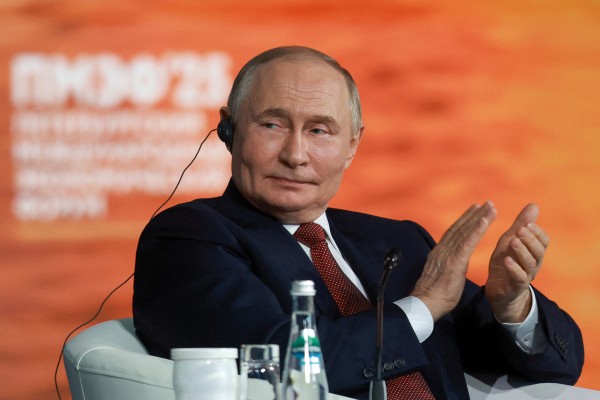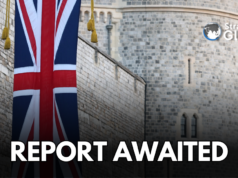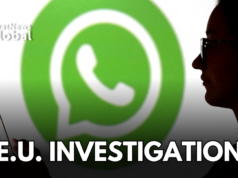
India and Russia set an ambitious goal of reaching USD 100 billion in mutual trade turnover on the sidelines of the St. Petersburg International Economic Forum 18 to 21 June.
The business forum, which drew representatives from both governments as well as the private sector, focused on building sustainable logistics corridors, launching joint digital and scientific ventures, and expanding cooperation in education, finance and pharmaceuticals.
The talks on the sidelines reinforced the growing depth of bilateral ties and Moscow’s pivot toward Asian markets amid continued tensions with the West.
The session was moderated by Sergey Cheremin, Minister of the Moscow Government and Head of the Department for External Economic and International Relations. He highlighted that trade turnover between Moscow and India exceeded $38 billion in 2024, with prospects for further growth driven by diversified investment and innovation-focused collaboration.
“The dialogue showed that both sides are committed not only to trade expansion but also to strategic cooperation across high-tech, logistics, and interregional domains,” Cheremin said.
The discussions took place against a backdrop of shifting global trade dynamics, with Russian President Vladimir Putin using the occasion to voice strong support for the World Trade Organisation (WTO) and a rules-based global economic system.
“We advocate for a just world order and for respecting the rules of the World Trade Organisation, rather than changing them month to month based on shifting political agendas,” Putin said during a meeting with international media on June 19. “We firmly oppose all forms of trade wars, restrictions, and so on.”
He categorised recent shifts in global trade policy as “unilateral and politicised,” urging emerging economies to reinforce multilateral frameworks like the WTO to maintain market stability.
While the Russia-India partnership took centre stage, Putin also highlighted deeper engagement across Asia, describing the region as “a natural sphere of cooperation” due to shared economic growth trajectories.
“Our cooperation with Southeast Asia is making progress year in and year out,” he said. “We view these countries as extremely promising partners, with growth rates exceeding the global average.”
He pointed to Moscow’s long-term vision, which began developing closer ties with China and other Asian countries well before the deterioration of Russia-Europe relations. Today, Russia’s economic alignment with China has reached historic levels, with joint projects estimated at over $200 billion.
At the business dialogue, both Russian and Indian participants discussed leveraging initiatives like the International North-South Transport Corridor (INSTC) to improve supply chain resilience and cut transit times between South Asia, Russia, and Central Asia.
Other key areas of cooperation identified during the session include pharmaceutical manufacturing and healthcare innovation, digital transformation projects and cybersecurity collaboration, educational exchanges and research partnerships, and green energy and AI-driven industrial development.
The forum’s emphasis on practical steps—ranging from trade balance optimisation to high-tech joint ventures—suggests a deliberate move beyond symbolic diplomacy. Officials from both sides expressed readiness to implement structured roadmaps to deepen bilateral ties, especially amid disruptions in the global economy.
Putin’s broader remarks at SPIEF, particularly on NATO and European defence spending, underscored the Kremlin’s position that the West is overstating the “Russian threat” for domestic gain. He dismissed the idea of Russia seeking conflict with NATO as “absurd,” arguing that such narratives serve to inflate military budgets and distract from internal economic failures in Europe.
“There is no threat coming from Russia—none at all,” he told journalists. “This myth is being used to justify defence spending at 3.5 or even 5 percent of GDP.”




